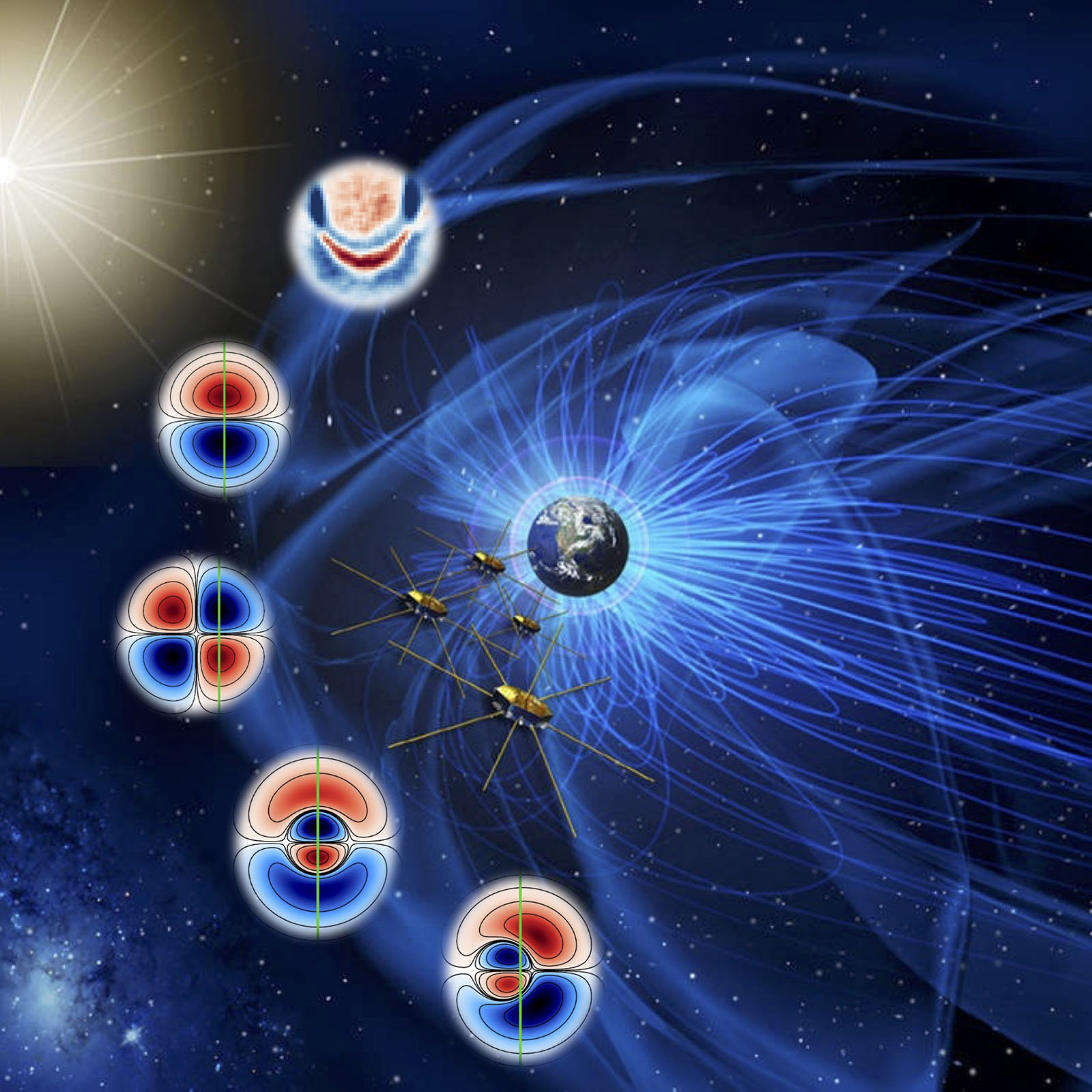Wednesday, March 13, 2024 - 3:10 p.m. to 4:10 p.m.
Morse Hall, rm 301 -OR- Zoom
Full title: "Electrons Can Smile (even though they're negative!): A Decade of Discovery with MMS." Speaker Jason Shuster, University of New Hampshire: The launch of NASA’s four Magnetospheric Multiscale (MMS) spacecraft nearly a decade ago marked the launch of my own career investigating the kinetic electron dynamics associated with magnetic reconnection. In this talk, I will highlight my recent electron-scale discoveries that were enabled by the MMS mission. In particular, I will explain how we utilize the unprecedented temporal, spatial, and velocity-space resolution offered by the MMS tetrahedron to obtain direct observations of terms in the electron Vlasov equation, which governs the evolution of plasmas in six-dimensional phase space. Each term of the Vlasov equation is determined from electron phase-space density gradients measured by MMS in the vicinity of magnetic reconnection occurring at Earth’s magnetopause. We characterize the relationship between the distribution’s velocity-space structure and spatial gradients in the bulk plasma moments: unipolar, bipolar, and ring structures in the electron phase-space density gradient terms are compared to a simplified Maxwellian model and correspond to gradients in density, velocity, and temperature, respectively. We also compare the MMS observations to exact Vlasov-Maxwell solutions and particle-in-cell simulations of asymmetric reconnection suitable for modeling Earth’s magnetopause environment. A highly structured, smile-shaped gradient distribution in ∇fe is discovered that corresponds to demagnetized electron crescent distributions specific to the central electron diffusion region (EDR). The intricate velocity-space features of the electron gradient distributions found in both the MMS data and the PIC simulations are useful for (1) distinguishing reconnection crescent signatures from non-reconnection diamagnetic crescent distributions that develop more generally at magnetized electron-scale boundary layers, (2) precisely determining the location of the MMS tetrahedron in relation to EDR sub-structures that are otherwise difficult to identify, and (3) understanding how spatial variations in the electron ensemble self-consistently support the reconnection electric field via net contributions to the bulk electron pressure divergence.

